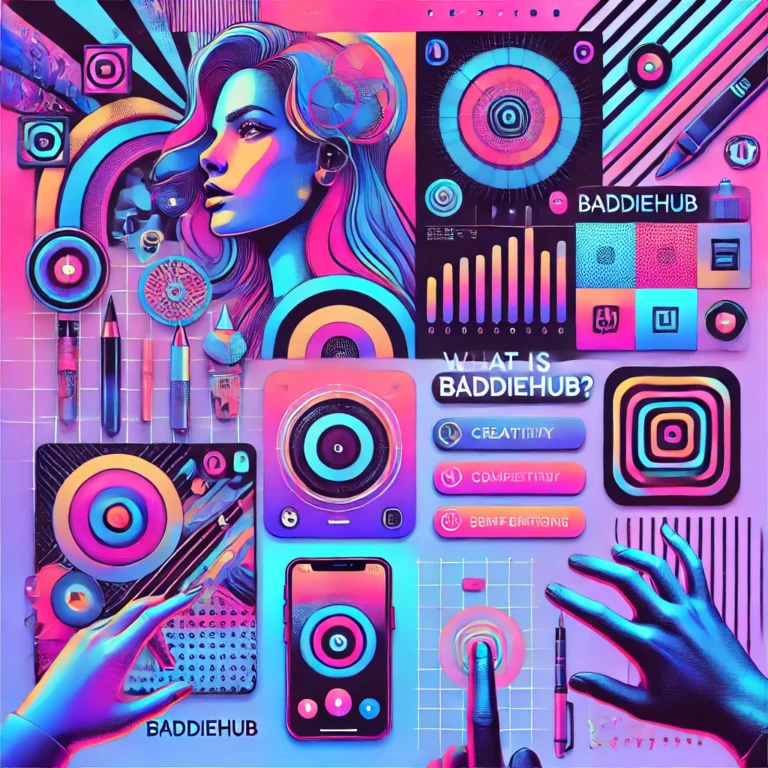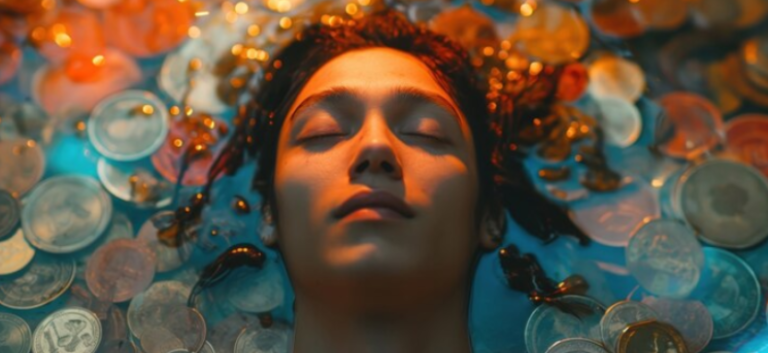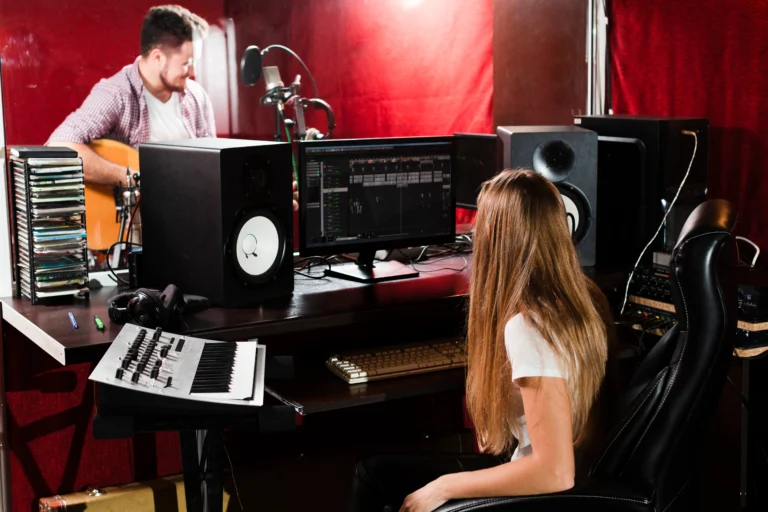Why Can’t The Cure Recreate the Walk Keyboard Sound?

If you’re a fan of The Cure, you’ve probably noticed that their 1983 hit “The Walk” has a distinct, almost robotic synth sound. But why does this unique keyboard tone seem impossible to replicate today, even for the band itself? Is it lost technology, a special production trick, or something else?
In this article, we’ll dive into the origins of “The Walk” keyboard sound, the gear used, and why it’s so hard to recreate. We’ll explore the technical and artistic factors that made this sound unique and whether modern tools can bring it back.
The Gear That Created “The Walk” Sound
The unmistakable electronic melody in “The Walk” comes from early 1980s synthesizers, specifically the Roland MC-202 and possibly the Roland TR-808 for percussion elements. These machines had distinct analog circuitry and sequencing methods that contributed to the track’s sound.
Key Equipment Used:
- Roland MC-202: A monophonic synthesizer/sequencer known for its punchy, warm sound.
- Roland TR-808: One of the most iconic drum machines, providing synthetic drum hits.
- Boss Chorus Effects: Used to add depth to synth tones.
- Analog Tape Processing: Contributed to warmth and unpredictability.
2. Why Modern Synths Struggle to Replicate It
Even with today’s advanced technology, the exact texture of “The Walk” remains elusive. Here’s why:
- Analog Drift: Vintage analog synths had natural variations in tone due to fluctuating voltage, creating a sound that wasn’t perfectly reproducible.
- Sequencer Imperfections: The MC-202’s built-in sequencer had subtle timing quirks that modern digital sequencers don’t easily mimic.
- Tape Saturation: The original recording was likely processed through analog tape, giving it a soft, compressed character that digital synths don’t naturally emulate.
- Human Touch: Subtle real-time tweaks and imperfections in The Cure’s original recording process made the sound more organic and hard to recreate exactly.
3. Can The Walk’s Sound Be Recreated Today?
While exact replication is difficult, musicians and producers can get close using:
- Software Emulations: Plugins like Roland Cloud’s MC-202 VST or Arturia’s Analog Lab offer close recreations of classic synths.
- Hardware Synth Alternatives: Modern analog synths like the Behringer MS-101 or the Roland SE-02 can approximate some characteristics.
- Analog Processing: Running digital sounds through analog tape emulation plugins (e.g., Waves J37, Universal Audio’s Studer A800) can help.
- Hand-Programmed Sequencing: Emulating the MC-202’s slight timing imperfections manually in a DAW (Digital Audio Workstation) can bring authenticity.
Final Thoughts: A Sound Defined by Its Era
The keyboard sound in “The Walk” was a product of specific gear, human touch, and 1980s recording techniques. While modern technology can come close, it’s these subtle imperfections and limitations that make the original so unique. Perhaps The Cure’s inability to fully recreate it is a testament to the magic of music—sometimes, the most iconic sounds are happy accidents of their time.




